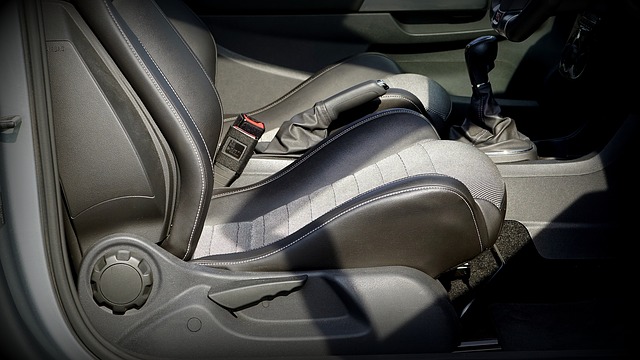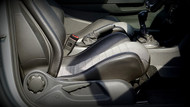What Is Overdrive and How Does it Work?
29th May 2020

What Is Overdrive?
Does your vehicle have an overdrive setting? If so, you might be wondering what, exactly, it does. After all, most drivers rarely or never use their vehicle's overdrive, leaving many to believe that it doesn't serve any purpose. While overdrive is optional, it can prove useful in certain circumstances. To learn more about overdrive and how it works, keep reading.
The Basics of Overdrive
Overdrive is a transmission setting that's designed to lower the engine's revolutions per minute (RPM) when cruising at medium or fast speeds. It's essentially the highest gear setting in vehicles with an automatic transmission. When driving on an open road, you can engage your vehicle's overdrive to lower the engine's RPM.
You'll find the overdrive setting in the same area of your vehicle's cabin as the other transmission gear settings. Depending on how your vehicle was designed, you may need to click or pull a shift knob to engage it. Once engaged, you'll probably feel the engine's RPM dropping -- a telltale sign that it's working as intended.
Benefits of Using Overdrive
Automakers include overdrive in vehicles because it improves fuel efficiency while simultaneously reducing unnecessary wear and tear on the engine and transmission. As you may know, fuel efficiency is heavily influenced by engine RPMs. The higher the RPM, the more power will your engine will produce. And with a greater production of power -- torque specifically -- your engine will consume more fuel. Overdrive promotes greater fuel efficiency by keeping your engine's RPM low.
While overdrive won't necessarily affect your vehicle's performance, it can reduce unnecessary wear and tear. When engaged, your engine will produce fewer RPMs, which can help protect it from premature damage. You'll still need to regularly maintain your vehicle's engine, but the lower RPMs can prolong its lifespan.
Another benefit of using overdrive is its ability to create a quieter cabin for you and your vehicle's passengers. If you've ever revved your vehicle, you may recall how noisy it gets. Revving increases the engine's RPMs, resulting in the production of more noise. Since overdrive causes the RPMs to drop, however, it promotes a quieter driving experience.
You shouldn't use overdrive all the time when driving. Rather, you should only use it when driving on open roads at medium or fast speeds. By taking advantage of this transmission gear setting, though, you'll reap the benefits of better fuel efficiency, reduced engine wear and tear and less noise.

